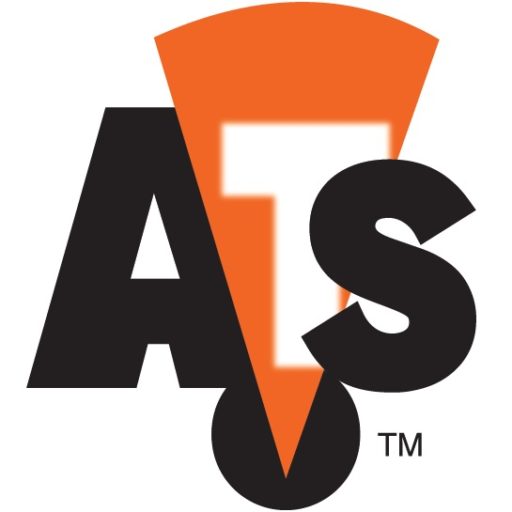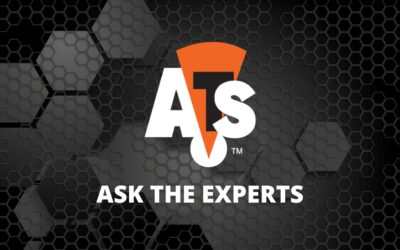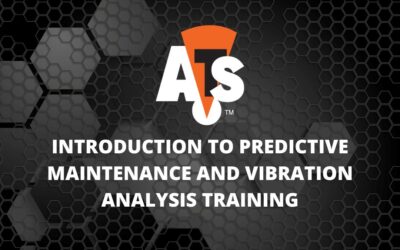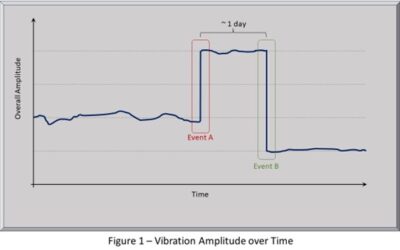I get it. Talking about vibration data collection is not exciting. Honestly, it’s not all that much of an exciting task to perform either. What it IS though is incredibly important and often undervalued.
The truth of the matter is that vibration analysis is where the bulk of our time and energy are typically spent. It takes a lot of training and years of practice to become a great analyst. Training someone to operate a data collector and run a route seems much simpler and is often treated as less important. That mentality can be dangerous to your program. If you start collecting bad data, the best analyst in the world will not be able to give you the correct analysis.
Here’s what I recommend you keep in mind in regards to your data collection:
1) Be consistent – Trending is invaluable for an analyst. It is one of the first indicators that there may be an issue with an asset. If your data is being collected at different intervals, under different conditions, or under any other changing variables, you may be negatively affecting your ability to utilize trending. Schedule data collection at the same time every month and stick to it. Document any changing variables, if they cannot be avoided.
2) Be accurate – There are a lot of ways to collect BAD data. Ensure that proper collection techniques are being used at your facility (by your staff or provider). Walk the route with them occasionally and see for yourself. Minor negligence in terms of accuracy can be very costly. Common mistakes are: collecting data on the wrong equipment, collecting the wrong locations on an asset, slapping accelerometers on the equipment, not calibrating your equipment, and more.
3) Always consider safety – Not every piece of equipment will be able to be collected with a handheld accelerometer. If the equipment is critical, you should consider permanently mounted sensors that allow for data collection, but do not put your technician in harm’s way.
4) Training – It’s the little things with data collection that can make a huge difference. Proper techniques, in-depth note taking, and communication with appropriate departments are all important keys. PdM providers will have this as a part of their internal process. If your in-house staff is responsible for collection, you will need to have them trained and prepared for more than just pushing the button on the collector.
There are many important steps to a successful vibration program. The ultimate goal is to detect and properly identify failures before they affect production, safety, or impact the company financially. This cannot be done without accurate data. Do not undervalue the importance of quality data in this process; it can make all the difference for your program.






You mention sticking to timing intervals, but depending on the system they may have three pumps tied to a header, and depending on the cycle any two may be running. If the same two aren’t running every time that will cause issues too. So timing doesn’t always work either. You didn’t mention anything about the mounting type in regards to consistency, but magnetic mounted set-ups are much less accurate than mounting pads where the accelerometer is permanently mounted. We use pads on all of our equipment, which allows us to be more accurate and consistent, because we know it will be in the same place every time. You also mention people taking this part of vibration analysis for granted, but, in my experience, it is the hardest part of initially setting up a program. There is a lot of work that goes into researching each system to fully understand the mechanical make-up of it. I may be testing a vacuum pump, and during the analysis it is discovered there may be an imbalance in the rotor, only to find out that the system is built with an eccentric rotor which will display symptoms of imbalance.